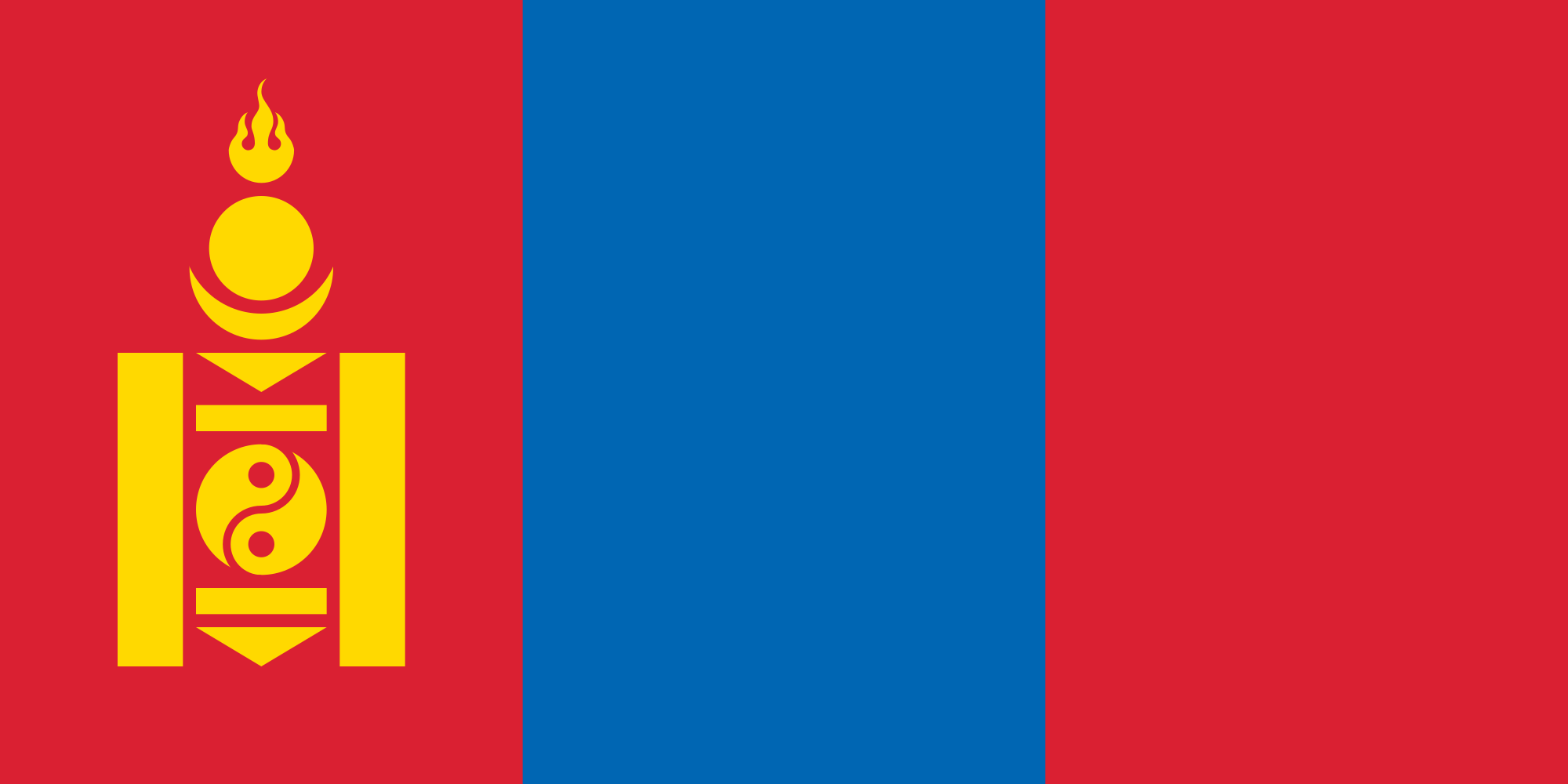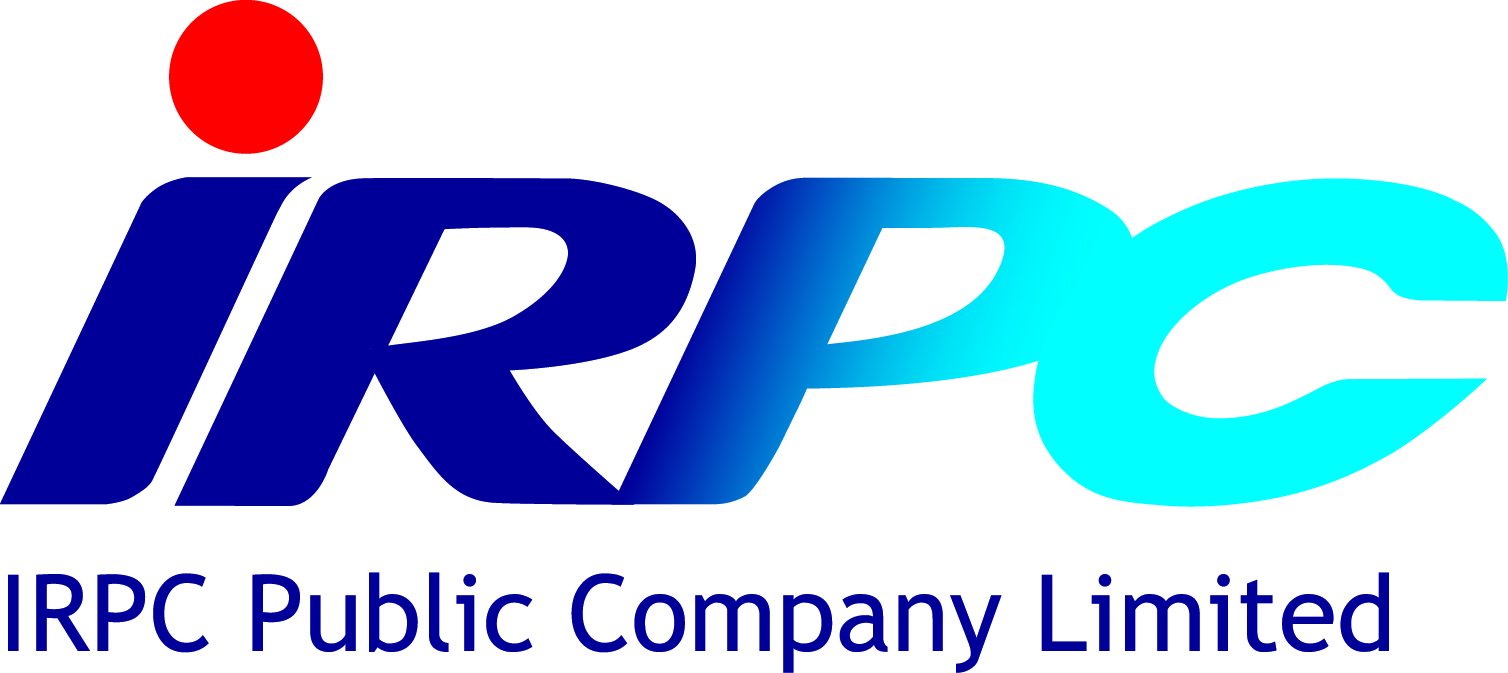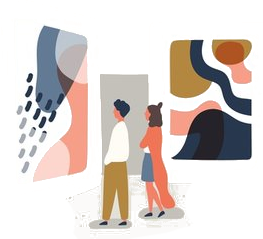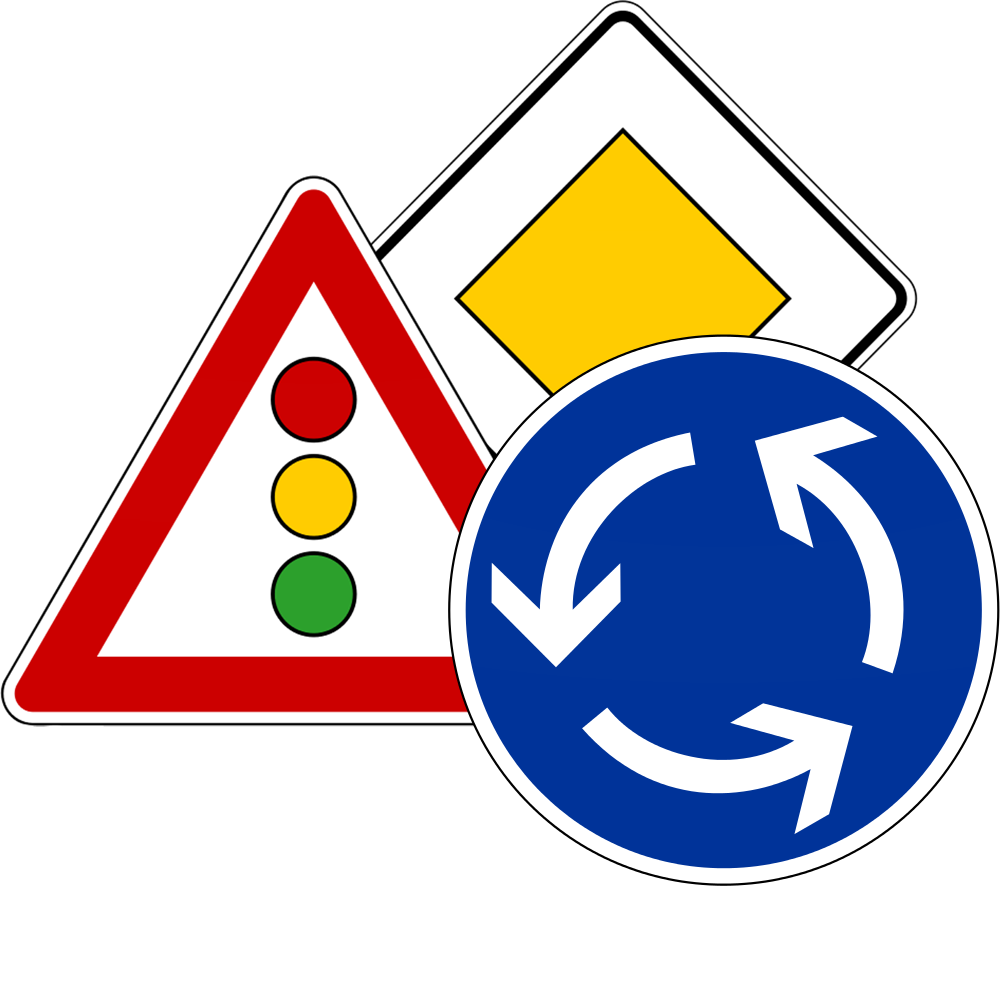
Deutsch-Chinesische Enzyklopädie, 德汉百科
 Thailand
Thailand



大皇宫(泰语:พระบรมมหารชวัง,皇家转写:Phra Borom Maha Ratcha Wang[3])是泰国扎克里王朝最早建成的王宫,位于曼谷拍那空县,自1782年以来,一直是泰国(暹罗)王室的公定居住地点。在1925年以前,是暹罗王室和朝廷的所在地。如今,大皇宫是泰国王室举行重大典礼及接见国宾的场所,亦是曼谷的地标和重要旅游目的地。
大皇宫坐落在拉达那哥欣岛西南部的昭披耶河畔,整个区域大致呈长方形,由白色宫墙包围,占地面积21.84万平方米,是由宫殿、佛寺、楼阁、广场和园地组成的建筑群。大皇宫分为外廷、中廷、内廷、花园,及一处王室寺庙玉佛寺,共五个部分:外廷主要是公共建筑;中廷包括摩天宫殿群、节基皇殿群、兜率皇殿群;内廷是后宫所在。其中,玉佛寺、中廷和外廷的一部分开放参观,数个宫务部门仍在此办公。
大皇宫于1782年由拉玛一世下令修建。拉玛一世创立扎克里王朝,取代吞武里王朝,并将都城自吞武里迁至昭披耶河对岸,即今日泰京曼谷。之后,大皇宫又经过诸代国王的修葺扩建,尤其是在拉玛五世朱拉隆功统治期间,建起多座有欧洲风格特点的宫殿。1925年,暹罗王室基本迁出大皇宫,迁至律实宫等城外宫殿。1932年,暹罗发生立宪革命,建立君主立宪制,大皇宫不再是政府机关的办公地。
Der Große Palast (Thai: พระบรมมหาราชวัง, Aussprache: [pʰráʔ bɔrom máʔhăː râtt͡ɕʰáʔwaŋ], im engl. Sprachgebrauch: „Grand Palace“) war die offizielle Residenz der Könige von Siam (heutiges Thailand) in Bangkok vom Ende des 18. Jahrhunderts bis zur Mitte des 20. Jahrhunderts. Nach dem Tod des Königs Ananda Mahidol (Rama VIII.) 1946 im Borom-Phiman-Palast beschloss König Bhumibol Adulyadej (Rama IX.) die Verlegung der Residenz in die Chitralada-Residenz des Dusit-Palastes.
タイのバンコク・プラナコーン区にある王宮(タイ語: พระบรมมหาราชวัง、英語: Grand Palace)はタイ国王の「公的」な居住地であり、国内すべての宮殿の中でもっとも重要であるとされる宮殿。ただし、実際にはラーマ9世以降国王は居住しておらず、日常的な公務もここで行われていないが、戴冠式、上級王族の葬儀、国王誕生日謁見の儀等重要式典の際は、ここで執り行われる。大まかに外朝と内朝に分かれているが、一般公開されているのは、外朝の一部のみで、内朝が全く公開されていない。また、現在僅かな一部の区域がウボンラット王女の住居としても確保されている。
The Grand Palace (Thai: พระบรมมหาราชวัง, RTGS: Phra Borom Maha Ratcha Wang[1]) is a complex of buildings at the heart of Bangkok, Thailand. The palace has been the official residence of the Kings of Siam (and later Thailand) since 1782. The king, his court, and his royal government were based on the grounds of the palace until 1925. King Bhumibol Adulyadej (Rama IX), resided at the Chitralada Royal Villa and his successor King Vajiralongkorn (Rama X) at the Amphorn Sathan Residential Hall, both in the Dusit Palace, but the Grand Palace is still used for official events. Several royal ceremonies and state functions are held within the walls of the palace every year. The palace is one of the most popular tourist attractions in Thailand.
Construction of the palace began on 6 May 1782, at the order of King Phutthayotfa Chulalok (Rama I), the founder of the Chakri Dynasty, when he moved the capital city from Thonburi to Bangkok. Throughout successive reigns, many new buildings and structures were added, especially during the reign of King Chulalongkorn (Rama V). By 1925, the king, the Royal Family and the government were no longer permanently settled at the palace, and had moved to other residences. After the abolition of absolute monarchy in 1932, all government agencies completely moved out of the palace.
In shape, the palace complex is roughly rectangular and has a combined area of 218,400 square metres (2,351,000 sq ft), surrounded by four walls. It is situated on the banks of the Chao Phraya River at the heart of the Rattanakosin Island, today in the Phra Nakhon District. The Grand Palace is bordered by Sanam Luang and Na Phra Lan Road to the north, Maharaj Road to the west, Sanam Chai Road to the east and Thai Wang Road to the south.
Rather than being a single structure, the Grand Palace is made up of numerous buildings, halls, pavilions set around open lawns, gardens and courtyards. Its asymmetry and eclectic styles are due to its organic development, with additions and rebuilding being made by successive reigning kings over 200 years of history. It is divided into several quarters: the Temple of the Emerald Buddha; the Outer Court, with many public buildings; the Middle Court, including the Phra Maha Monthien Buildings, the Phra Maha Prasat Buildings and the Chakri Maha Prasat Buildings; the Inner Court and the Siwalai Gardens quarter. The Grand Palace is currently partially open to the public as a museum, but it remains a working palace, with several royal offices still situated inside.
L'ancien Palais royal de Bangkok (Thai : พระบรมมหาราชวัง, Phra Borom Maha Ratcha Wang) de Bangkok a été construit en 1782 par le roi Rama Ier, le fondateur de la dynastie cariouati, sur la rive droite (orientale) de la Chao Phraya quand il a déménagé la capitale de Thonburi à Bangkok. Tout au long de règnes successifs, beaucoup de nouveaux bâtiments et structures ont été ajoutés, en particulier pendant le règne du roi Chulalongkorn (Rama V).
Le palais abrite non seulement la résidence royale et la salle du trône, mais aussi un grand nombre de bureaux gouvernementaux et le temple du Bouddha d'émeraude (Wat Phra Kaeo, récemment rénové).
Le monarque actuel, le roi Vajiralongkorn (Rama X), réside actuellement au palais Chitralada, mais le Grand Palais est encore utilisé pour les événements officiels. Plusieurs cérémonies royales se déroulent dans les murs du palais chaque année.
Un canon historique, le Phaya Tani, lui fait face depuis le Ministère de la défense.
Il grande palazzo reale (in thailandese พระบรมมหาราชวัง, traslitterazione RTGS: Phra Borom Maha Ratcha Wang) è un complesso di edifici situato nel distretto centrale di Phra Nakhon a Bangkok, la capitale della Thailandia.
È la residenza ufficiale dei re di Thailandia dal 1785. La costruzione del palazzo iniziò nel 1782, all'inizio del regno di Rama I, che trasferì la capitale dalla vicina Thonburi a Bangkok. Nel corso degli anni il palazzo è stato diverse volte ampliato, con la costruzione di nuovi edifici, e modificato con l'abbattimento o il restauro degli edifici obsoleti.
El Gran Palacio Real (en tailandés: พระบรมมหาราชวัง, Phra Borom Maha Ratcha Wang) es un complejo de edificios en Bangkok, Tailandia, que sirvió como residencia oficial del rey de Tailandia desde el siglo XVIII hasta mediados del siglo XX. Con la muerte del rey Ananda Mahidol en el Palacio de Baromphiman, el rey Bhumibol Adulyadej trasladó la residencia oficial al Palacio Chitralada.
La construcción del conjunto del complejo palaciego se inició en 1792, durante el reinado de Rama I. Se encuentra situado al este del río Chao Phraya, protegido por el mismo. El resto del complejo se encuentra defendido por una valla de 1.900 metros de longitud que agrupa un área de 218.400 metros cuadrados. Más allá de la valla se encuentra un canal, creado también con propósitos defensivos. Así la zona asemeja una isla, conocida como Rattana Kosin. Los lugares más destacadas son el templo Wat Phra Kaew, que contiene al Buda de Esmeralda, y el edificio de estilo renacentista italiano Chakri Mahaprasad Hall.
Большой дворец (тайск. พระบรมมหาราชวัง, Пхрабароммахарадчаванг) — комплекс зданий в Бангкоке, Таиланд.
Большой дворец служил резиденцией королей Таиланда начиная с XVIII века. Строительство дворца началось в 1782 году, во время правления короля Рамы I, когда он переместил столицу страны из Тхонбури в Бангкок. Дворец постоянно расширялся, со временем было построено множество новых зданий и сооружений различного назначения. В настоящее время дворец для проживания королей Таиланда не используется. Король Рама IX проживал во дворце Читралада.

 Egypt
Egypt
 Australia
Australia
 Belgium
Belgium
 Brazil
Brazil
 Denmark
Denmark
 Germany
Germany
 Finland
Finland
 France
France
 Greece
Greece

 Hand in Hand
Hand in Hand

 Hand in Hand
Hand in Hand
 Driver's license
Driver's license
 India
India
 Indonesia
Indonesia
 Italy
Italy
 Japan
Japan
 Canada
Canada
 Kasachstan
Kasachstan
 Croatia
Croatia
 Malaysia
Malaysia
 Mexico
Mexico

 Mongolei
Mongolei
 New Zealand
New Zealand
 Netherlands
Netherlands
 Useful info
Useful info
 Austria
Austria
 Portugal
Portugal
 Republic of Korea
Republic of Korea
 Russia
Russia
 Saudi Arabia
Saudi Arabia
 Sweden
Sweden
 Switzerland
Switzerland
 Singapore
Singapore
 Spain
Spain
 South Africa
South Africa
 Thailand
Thailand
 Czech Republic
Czech Republic
 Turkey
Turkey
 Hungary
Hungary

 Vacation and Travel
Vacation and Travel
 United Arab Emirates
United Arab Emirates
 United States
United States
 United Kingdom
United Kingdom

国际驾驶执照(International Driving Permit)依照1949年日内瓦国际道路交通公约及1968年维也纳国际道路交通公约,由公约签署国政府签发,方便本国驾驶员在其他签约国驾驶私人车辆。国际驾驶执照为附加在一国驾驶执照之上的一本附加多国语言的说明,标注了驾驶人的基本信息以及允许驾驶的对应车辆种类等,解决驾驶员与其他国家的交通管理部门之间的沟通障碍。国际驾照不能独立存在,当驾驶员同时持有一国驾照与该国政府签发的国际驾照时,此国际驾照才视作有效。[1]
国际驾驶执照之内容及格式依照维也纳道路交通会议制订,但并非各国均批准该公约。
Ein Internationaler Führerschein ist ein Dokument, das von den Straßenverkehrsbehörden oder Automobilclubs[1] eines Landes aufgrund zwischenstaatlicher Verträge ausgestellt wird. Er soll vor allem der Polizei eines anderen Landes die Feststellung ermöglichen, ob ein ausländischer Kraftfahrer die Fahrerlaubnis hat, die für sein aktuelles Fahrzeug erforderlich ist.
An International Driver's Permit (IDP) allows you to drive a vehicle in another country, as long as you also have a valid driver's license issued by your state. It is also recognized as a proper form of identification in over 175 countries and by many major car rental companies internationally.
Getting an International Driver's Permit (sometimes incorrectly called an international driver's license) can take anywhere from a day to a few weeks, depending on whether you're going through walk-in processing or applying via mail, so make sure to plan ahead if you're planning to drive on your international trip. There are only two locations in the United States that issue these documents: The American Automobile Association (AAA) and the American Automobile Touring Alliance (AATA).
In the United States, International Driver Permits (IDPs) are only issued by the American Automobile Association and the American Automobile Touring Alliance, and the State Department recommends against purchasing an IDP from other outlets as they are all entirely illegal to buy, carry, or sell.
IDPs can be issued to anyone over 18 who has had a valid driver's license for six months or longer. They typically remain valid for one year or the expiration of your existing state driving license. It's essential to investigate an IDP before your trip and make sure you know the requirements.
Both AAA and AATA are excellent sources for these documents, so once you've selected a provider, go to either the AAA's or NAATA's website, print out the International Driving Permit Application, complete all applicable fields, and submit it.
Once you have the application completed, you can send it in via the mail or visit a local office of an organization like AAA; you'll also need two original passport-sized photos and a signed copy of your valid U.S. driver's license as well as an enclosed check for the fee.
Tips to Getting and Using Your Permit
AAA offices can process IDPs during your visit, but processing generally takes 10 to 15 business days if you send the application in. However, expedited services may be available to get your license within one or two business days for an additional fee.
When applying, you'll need a computer and printer, a completed application, a copy of your valid U.S. driver's license, two passport photos, and a check, money order, or credit card to complete the process. Remember to bring these with you if you're applying in person.
Always make sure to carry your valid United States driver's license when driving internationally, as your IDP is invalid without this accompanying proof of eligibility to drive. IDPs only translate domestically-accepted licenses and do not allow those without government-issued driver's licenses to drive abroad.
You'll also want to make sure to enclose the proper fees (the fee for the IDP, as well as any shipping and handling fees), photos, and photocopies of your license when submitting your application to AAA or AATA as omitting any of these required documents will result in your application being rejected.
You should also check the driving requirements and laws for the countries you will be driving in on your vacation, so you'll know what will be required in the event you get stopped by local authorities. (Quelle:https://www.tripsavvy.com/)





高棉语(高棉语:ភាសាខ្មែរ,高棉语发音:[pʰiəsaː kʰmae],正式的称呼为 ខេមរភាសា kheemaʾraʾ phiăsaa 高棉语发音:[kʰeː.maʔ.raʔ pʰiə.ˈsaː])是高棉族的语言,亦是以高棉人为主体民族的柬埔寨的官方语言和通用语言,故亦称柬埔寨语、柬语。高棉语属于南亚语系孟-高棉语族。在柬埔寨,约有1300万人以高棉语为母语,约100万人以高棉语为第二语言;在泰国、老挝和越南也有约200万的使用者,以当地高棉人为主[1][2]。
Khmer (ភាសាខ្មែរ Phéasa Khmér, Aussprache: [pʰiːəsaː kʰmaːe] ![]()
![]() ; auch: Kambodschanisch) ist die Amtssprache Kambodschas. Sie ist Muttersprache der Khmer, der größten Bevölkerungsgruppe des Landes, und wird zur austroasiatischen Sprachfamilie gezählt. Sie ist geprägt von der Kultur der südostasiatischen Halbinsel, d. h. von den benachbarten Sprachen Thai und Laotisch, von den Sprachen des Buddhismus – Sanskrit und Pali. Im Gegensatz zu den benachbarten Sprachen Thai, Laotisch und dem entfernt verwandten Vietnamesisch ist Khmer keine Tonsprache. Die verwendete Khmer-Schrift ist eine von den indischen Schriften abgeleitete Schrift, deren früheste Schriftdokumente aus dem 6. bis 7. Jahrhundert n. Chr. stammen.
; auch: Kambodschanisch) ist die Amtssprache Kambodschas. Sie ist Muttersprache der Khmer, der größten Bevölkerungsgruppe des Landes, und wird zur austroasiatischen Sprachfamilie gezählt. Sie ist geprägt von der Kultur der südostasiatischen Halbinsel, d. h. von den benachbarten Sprachen Thai und Laotisch, von den Sprachen des Buddhismus – Sanskrit und Pali. Im Gegensatz zu den benachbarten Sprachen Thai, Laotisch und dem entfernt verwandten Vietnamesisch ist Khmer keine Tonsprache. Die verwendete Khmer-Schrift ist eine von den indischen Schriften abgeleitete Schrift, deren früheste Schriftdokumente aus dem 6. bis 7. Jahrhundert n. Chr. stammen.

 Religion
Religion
 Architecture
Architecture
 Life and Style
Life and Style
 Exhibition
Exhibition
 Driving school
Driving school

 IT-Times
IT-Times
 Companies
Companies
 Energy resource
Energy resource
 Financial
Financial
 Dances
Dances